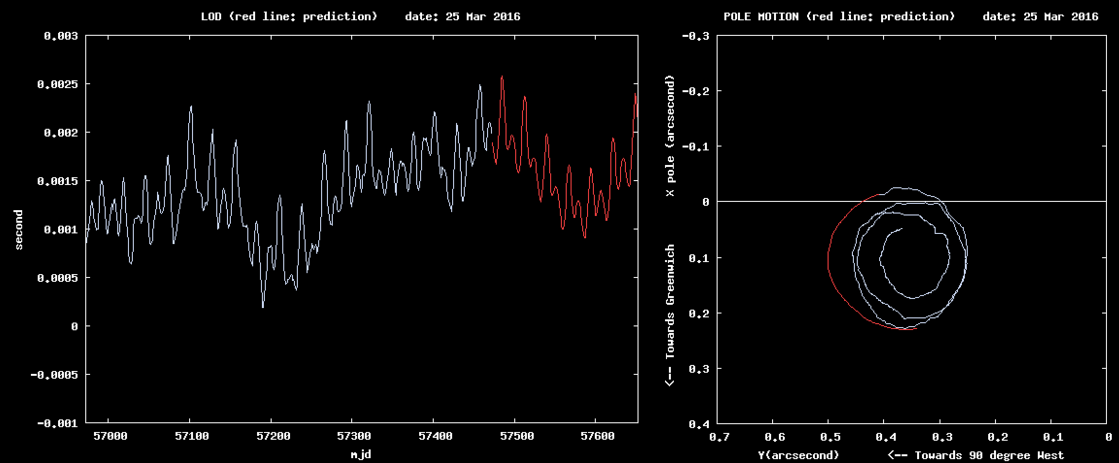Yes, it's called polar motion.
The rotational pole moves continuously, as you can see from the right-hand side of this figure (below) by the Earth Orientation Centre (EOC) and the International Earth Rotation and Reference Systems Service (IERS). The figure shows about 650 days of time; mjd is modified Julian day and time goes along the locus in the polar motion diagram.

The left-hand side of the figure shows Length of Day, and I think that's chiefly why they are making these refined polar measurements — to keep track of leap seconds, etc.
It's been established, by Fong et al. (19996), among others, that earthquakes could change the earth's rotational axis, by redistributing mass on a large scale. Their table 1 shows [the sort of effect that individual earthquakes theoretically have — edited after comment from David Hammen] on the length of day; $\Psi$ is the excitation vector:

The EOC's website lists other geophysical excitations, among them:
- Atmospheric angular momentum
- Oceanic angular momentum
- Hydrological excitation function
- Axial angular momentum of the core
References
Chao, Benjamin Fong, Richard S. Gross, Yan-Ben Han (1996). Seismic excitation of the polar motion, 1977–1993. Pure and Applied Geophysics, September 1996, Volume 146, Issue 3, pp 407-419. DOI 10.1007/BF00874727
Update: This article on some new research in this field is worth a read.

